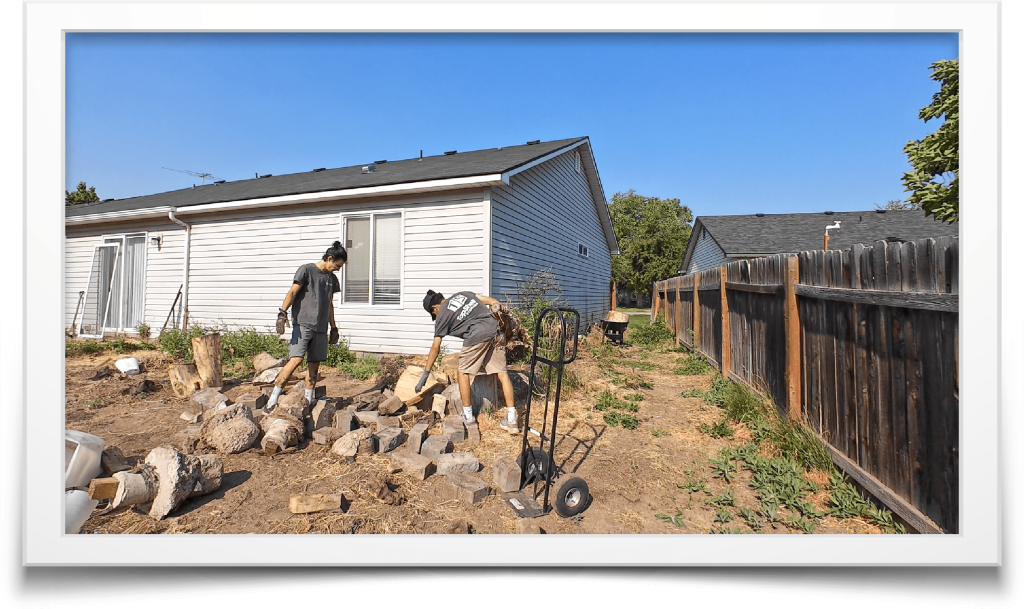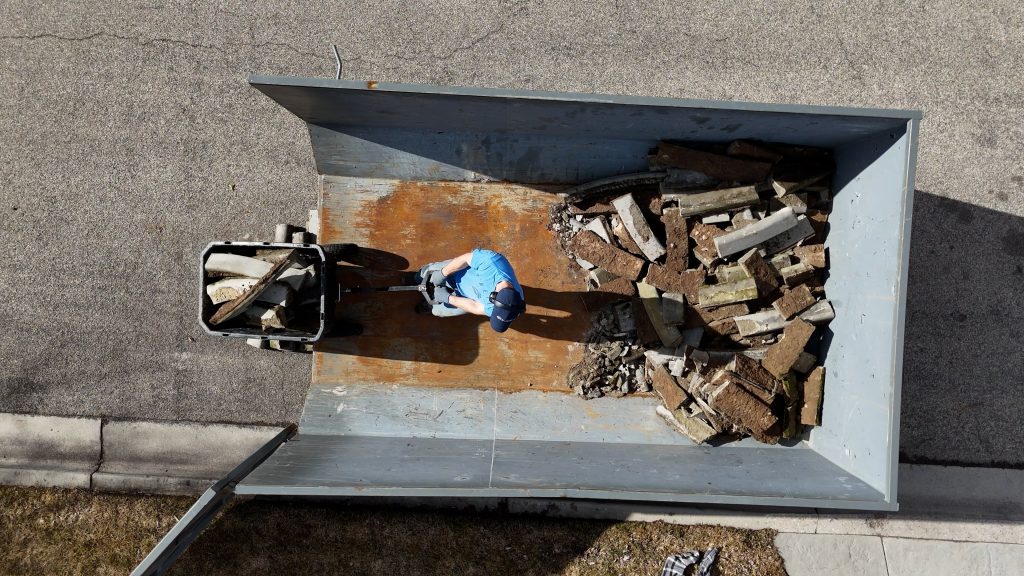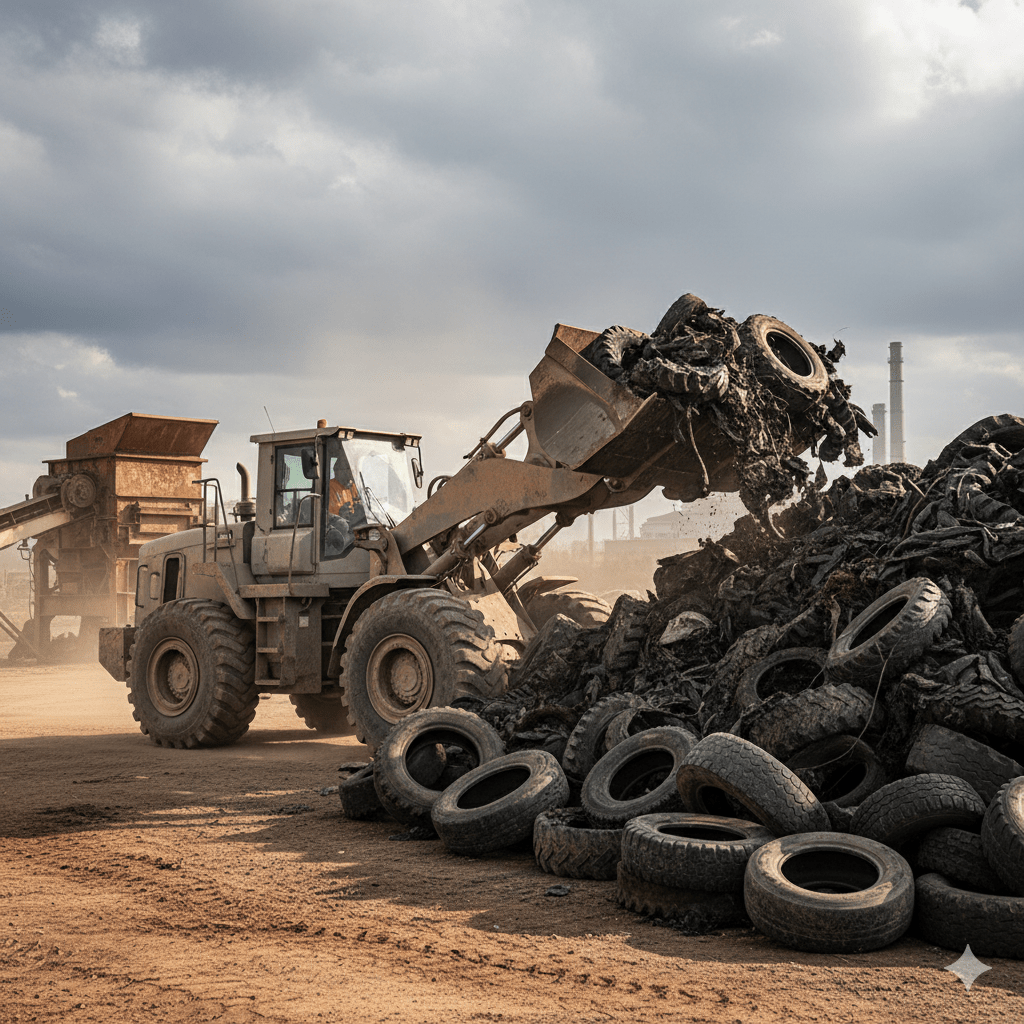Concrete resists change the way a cat resists bath time—claws out, zero negotiation. You can brute-force it, sure, but innovation buys you cleaner breaks, safer sites, and neighbors who don’t hate you. Pick the right method, control the fracture, and finish with your budget and your back intact. Here’s how the smarter play looks when brains outrun brawn.
Using Hydraulic Splitters
Think quiet power. You drill a line of holes, slip in the hydraulic splitter, and let controlled pressure pry the slab apart along your marks. No flying shrapnel, low vibration, surgical results.
When it shines:
- Interiors, near glass, around delicate finishes, or where noise and vibration are deal-breakers.
- Thick sections and boulders that laugh at sledges.
Watchouts:
- Drilling is the tax. Hole pattern and diameter matter; sloppy layouts = crooked fractures.
- Rebar is the party crasher. Steel bridges cracks; you’ll still cut it.
- Backpressure is real. Keep hands and feet out of opening joints; concrete fails fast when it finally decides to fail.
Pro move: the best crews pre-score the surface, laser the hole grid, split in sequences, and cap rebar immediately so no one gets snagged.
Chemical Concrete Dissolvers
Two families here, and they’re not cousins:
- Expansive demolition grout. You drill a pattern, mix a non-explosive agent, pour, and wait while chemistry does what hammers can’t—slow, quiet cracking from the inside out.
- Concrete/cement dissolvers. Mild acid/biobased solutions that soften cement paste for residue cleanup, formwork, and thin crusts—not for taking out your driveway.
Where it works:
- Expansive grout: thick footings, rock, or tight spaces you can’t hammer safely. Temperature matters; cold slows expansion.
- Dissolvers: cleanup and surface prep, not structural removal.
Safety you actually follow:
- Full PPE (gloves, goggles, respirator), mix by the book, respect cure times, and control runoff. Neutralize and contain; don’t send chemistry on a field trip to your storm drain.
Pros use it to “pre-crack” stubborn sections, then finish with light breaking and clean lifts. Quiet neighbors, happy inspector.

Employing High-Pressure Water Jetting
Hydrodemolition trades impact for pressure. Ultra-high-pressure streams (think industrial, not garden hose) strip concrete while leaving rebar intact and bond-ready. Bridges love this method; so do structures that can’t tolerate vibration.
Why it’s clever:
- Selective removal (depth-controlled), minimal micro-cracking, rebar stays embedded and clean.
- Excellent for rehab: remove bad concrete, keep what’s sound.
Reality check:
- Water management is the job. Slurry containment, vacuum recovery, and treatment are non-negotiable.
- Training required. These jets cut more than concrete—never a DIY lance.
- Throughput vs. setup. Lightning fast once staged; staging isn’t trivial.
Top-tier services roll in with robots, shrouds, reclaim tanks, and a disposal plan that keeps regulators smiling.
Utilization of Electric Concrete Breakers
The classic—elevated. Modern electric breakers hit hard without fumes and pair well with smart sequencing.
How to make it surgical, not savage:
- Score a grid (2’–3′ squares) with a water-fed saw; break at lines to lift pieces whole.
- Use the right bits: moil for starting, chisel for guiding cracks, spade for cleanup.
- Lift to fail in tension. Pop sections with a long bar over a 4×4 fulcrum; don’t pulverize everything into wheelbarrow dust.
- Dust control: mist, HEPA vacs, respirators—silica isn’t a suggestion.
Where it wins:
- Driveways, patios, garage slabs, and any job with decent access.
- Night or indoor work where low emissions matter.
The best crews bring 70–90 lb electrics, SDS-Max hammers for detail, turf mats for haul paths, and a magnet sweep that actually finds nails and wire.
Laser Technology in Concrete Cutting
Yes, lasers—just not the sci-fi you’re picturing. In the real world, lasers mostly guide and ablate, and they pair with robotics and diamond systems for precision.
What’s real (and useful):
- Laser-guided saws/robots for pinpoint cuts and repeatable lines in tight tolerances.
- Laser ablation/surface prep to remove thin layers or coatings without mechanical impact.
Limits you respect:
- Full-depth laser slicing through a thick, reinforced slab isn’t Tuesday afternoon—capital costs are high, throughput modest, and rebar reflection complicates cuts.
- You’ll still coordinate with diamond or hydro methods for bulk removal.
Where it fits:
- Labs, factories, hospitals—places that care more about precision and clean edges than raw demo speed.
Pros who live here will show you drawings, cut plans, and a staging map that looks more like a cleanroom than a jobsite—and that’s the point.
Bottom line
Innovation isn’t a party trick; it’s a shortcut to cleaner edges, safer crews, and fewer “we didn’t think of that” charges. Hydraulic splitters control the break, chemical agents crack quietly, water jets rehab surgically, electrics move volume without fumes, and lasers steer precision. The best concrete removal services don’t worship a single method—they stack them, in sequence, to match your slab, your site, and your standards. Do that, and the only thing making noise on demo day is the sound of concrete giving up.






